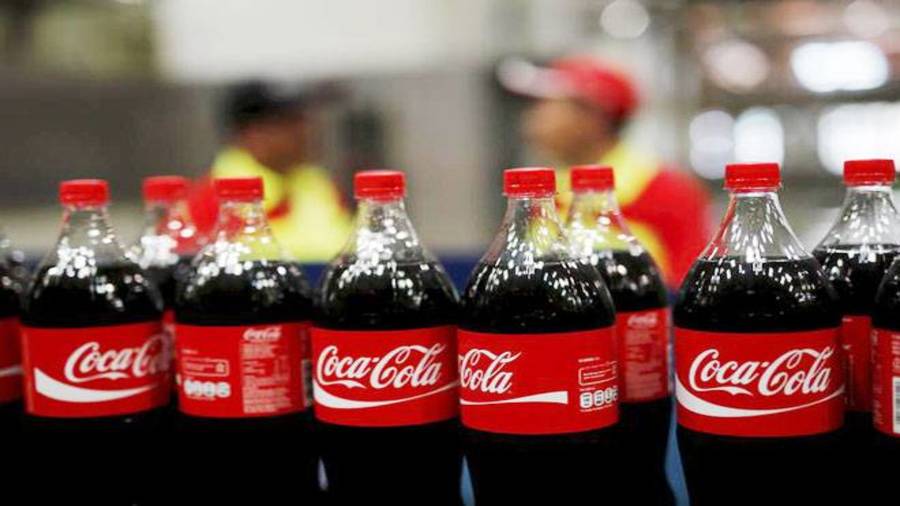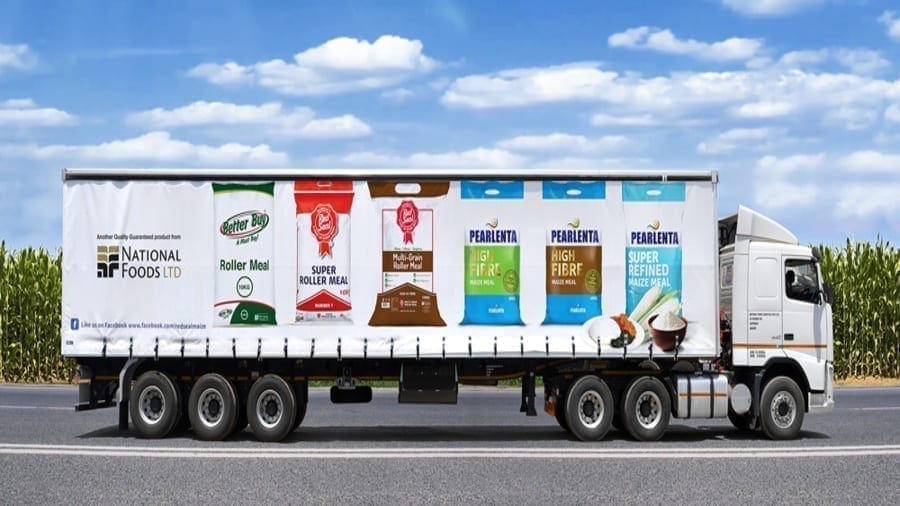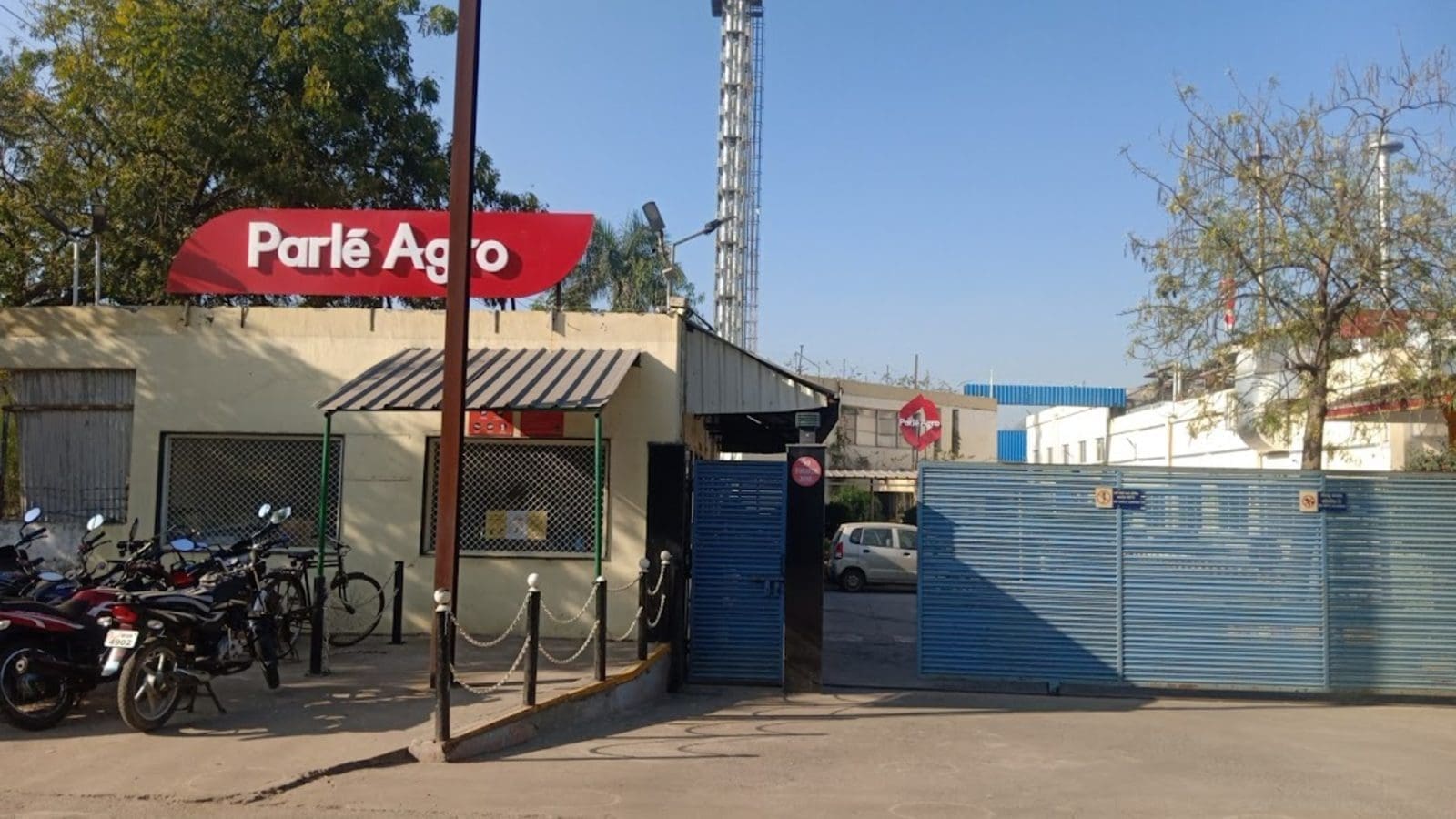INDIA – Hindustan Coca-Cola Beverages (HCCB), the bottling partner of Coca-Cola India has said that revenues for the year ended March 2018 fell 4% to US$1.28 billion as it embarks on investments for strong, stable growth.
During the period, operating revenue increased 7% while it gained 2.3% share in sparkling beverages compared to the previous year, when US$1.28 billion was recorded in total sales.
The company said net sales were not comparable as turnover in the last fiscal was calculated net of the Goods & Services Tax (GST) since May last year.
“Our focus on product mix, plus the launch of several new products last year, helped us increase our net revenue by 7% versus 2016-17, on a comparable basis. The introduction of GST helped us in leveraging our national supply chain and drive productivity.
We are continuing to invest in cold drink equipment, manufacturing capacity and towards horizontal expansion, which will catalyse strong, stable growth, going forward,” said HCCB chief financial officer Harsh Bhutani.
He said the company is making ‘steady progress’ towards its targets for 2020.
This was a second year of losses for the largest bottling company in the country; in 2016-17, it had posted a loss of US$32.98 million, according to documents with the Registrar of Companies.
In 2015-16 and 2014-15, HCCB had posted net profits of US$24 million and US$34.10 million, respectively.
HCCB oversees 65% bottling operation and distribution for Coca-Cola in India, and makes Coca-Cola and Sprite soft drinks and Minute Maid juices.
Despite India being the six largest market for Coca-Cola, it has been facing inflation which has affected turnover and growth.
The company said it targets US$2.5 billion in sales by 2020 by expanding its drinks offering in the coming years.
HCCB which has Minute Maid and Maaza brands in its mainstream, aims to open 1 million new outlets by 2020.
The 2020 strategy focuses on five priorities: being consumer and customer centric, driving revenue growth, building a strong and agile system, digitising the enterprise, and unlocking the power of employees.











